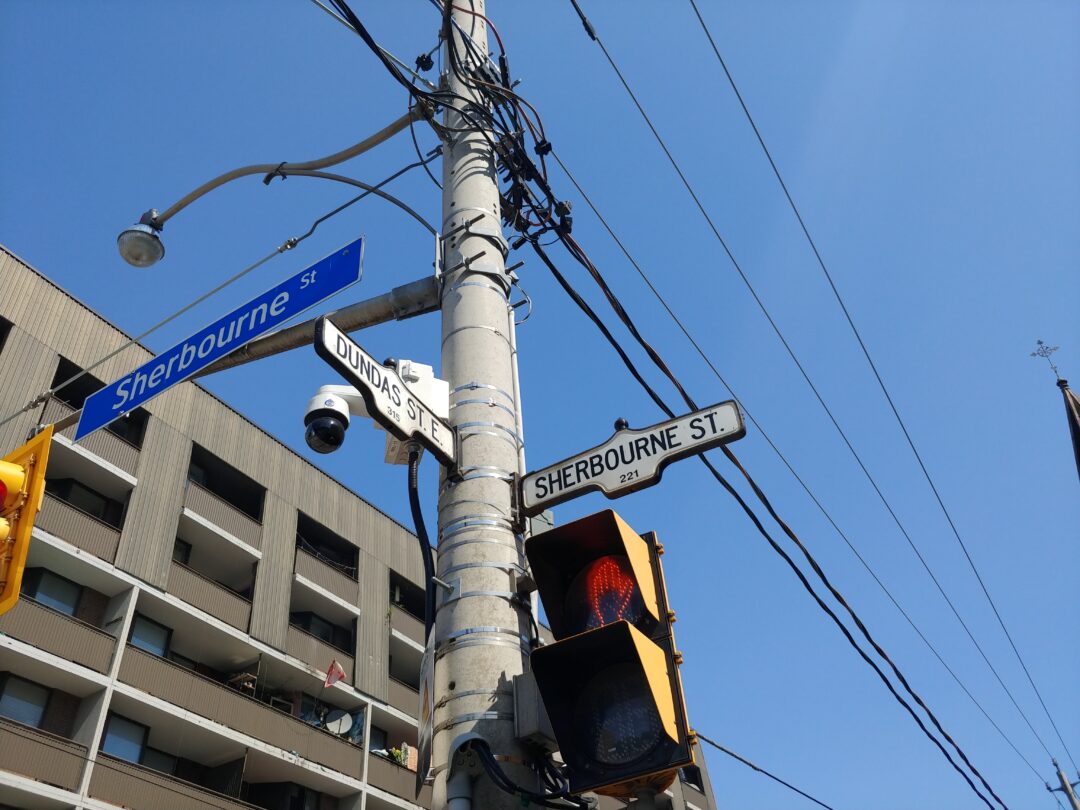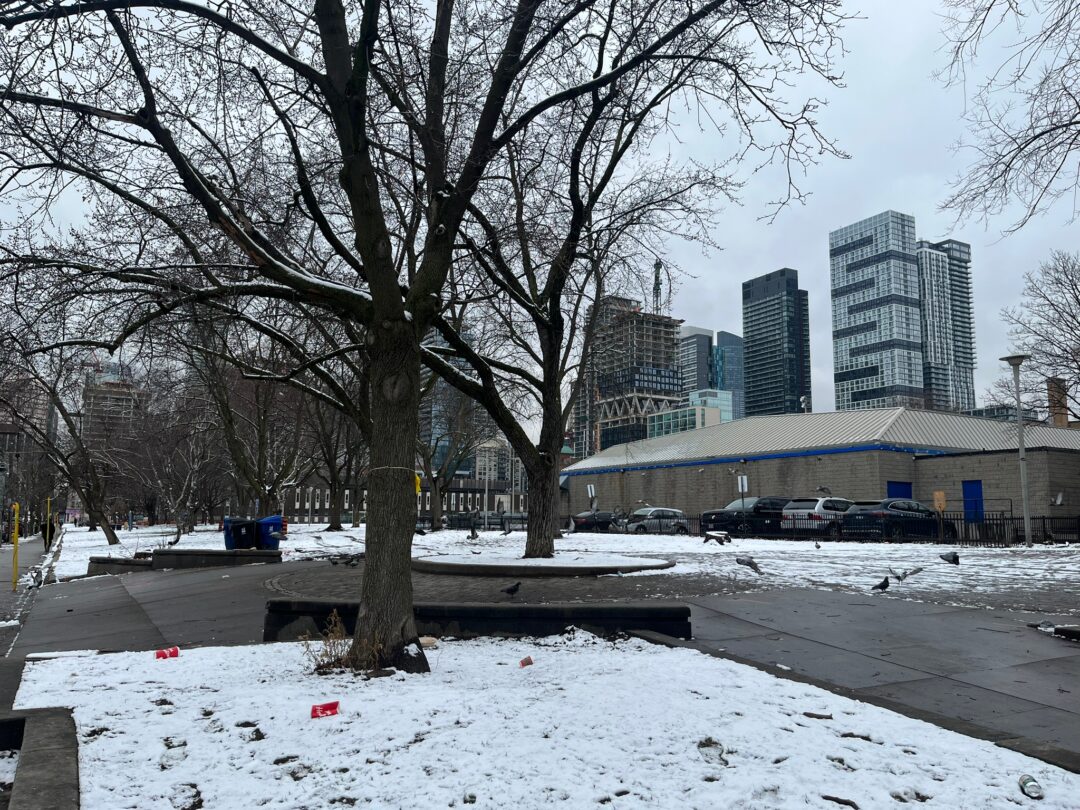By Daryl Gonsalves –
Driving northbound on Bayview Avenue near the Don Valley Parkway off-ramp, you will notice a new bleached-white ‘ghost’ bicycle chained to a pole above a metal guardrail. This honours Vlad Zotov, who died after being hit by an SUV on April 8.
Zotov was a husband, a father of three, a grandfather, a scientist and a cyclist. His cycling club, Morning Glory in association with Advocacy for Respect for Cyclists, organized a memorial ride a week later across the city in remembrance and solidarity.
Zotov’s death has led to growing calls for the city to radically rethink its Vision Zero strategy and for Ontario to reassess the safety implications of larger vehicles.
I joined hundreds of cyclists on the commemoration ride, which was filled from start to finish with emotion and empathy. Speakers remembered Zotov as a “sensational human being” with a “zest for life”.
Police escorted hundreds of cyclists across the city, closing Bayview briefly as the memorial concluded at the accident scene. In conversation with cyclists, I heard that many had already experienced dangerous near-misses this year.
Zotov’s death on Toronto streets makes clear that the city’s Vision Zero plan (road design that reduces traffic-related deaths and injuries) is failing to prevent careless drivers from putting vulnerable road users at risk. Toronto’s cycling-related fatalities already number three this year, surpassing the annual totals for 2021, 2022 and 2023. Although the City may continue to use communication talking points that they are committed to Vision Zero, the number of deaths is telling us the plan is fundamentally not working and additional investments are needed.
Cyclist fatalities give rise to a sense of danger and a culture of fear on city streets. The most common reason I hear why cycling isn’t more used as transportation is that it is not safe. By making cycling safer, we incentivize more people to use it as a form of transportation. It also positively contributes to solving Toronto’s congestion problem which is a hot topic given the recent required maintenance on the Gardiner.
Is the City doing enough? The city installed 115 kilometres of new bike lanes between 2018 and 2023, and upgraded 90 kilometres of bike lanes. Although City Council continues to mandate new dedicated bike infrastructure, road safety advocates call for safety to be a higher priority: public education campaigns coupled with strong and consistent enforcement of drivers. For example, cyclists should be able to easily report drivers illegally parked in bike lanes, which forces cyclists into motorized traffic.
The 38-year-old driver who struck Zotov was driving a Ford Bronco SUV. In 2021, an Ontario Ministry of Transportation report found 61 per cent of road fatalities involve SUVs, even though they make up only 41 per cent of road vehicles.
According to the Economics of Transportation Journal (Tyndall, 2024), a 10-centimetre increase in the height of a vehicle’s front end increases the fatality risk by 22 per cent in a collision with a pedestrian. In other words, SUVs and pickup trucks are more likely than sedans to hit pedestrians from the chest-up.
Government needs to start assessing special safety initiatives focused on larger vehicles, such as SUVs or trucks. A new report from a coalition of safety advocates, recommends special licenses for such larger vehicles, reduced size requirements for manufacturers, and banning SUVs and pickup trucks from certain busy areas, like school zones.
Vlad Zotov’s death was preventable if we collectively enable a culture shift and rethink how we create the conditions to enable road safety





1 Comment
There sure is a sense that we’ve got a ‘war from the car’. Having a gentler and safer set of fleets would make a real difference, and this is a good link to a set of possible reactive measures by governments:
https://windsorlawcities.ca/oversized-danger-report-on-the-lethal-danger-of-pickups-and-large-suvs/